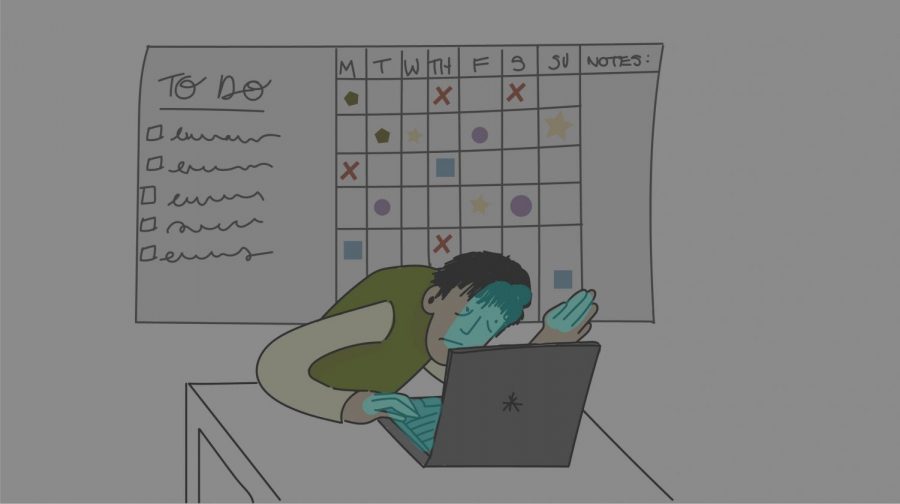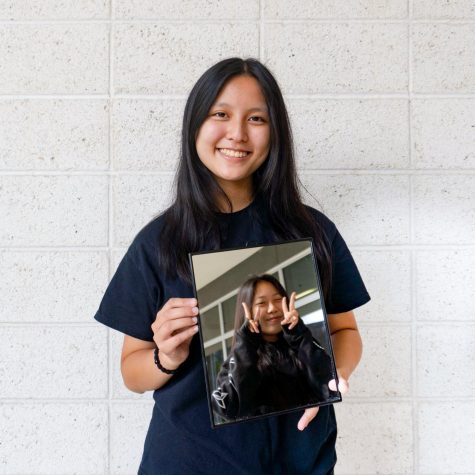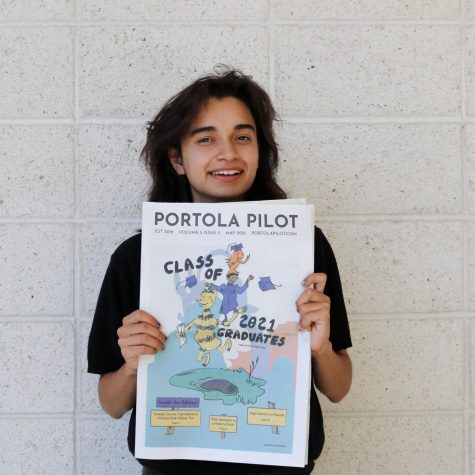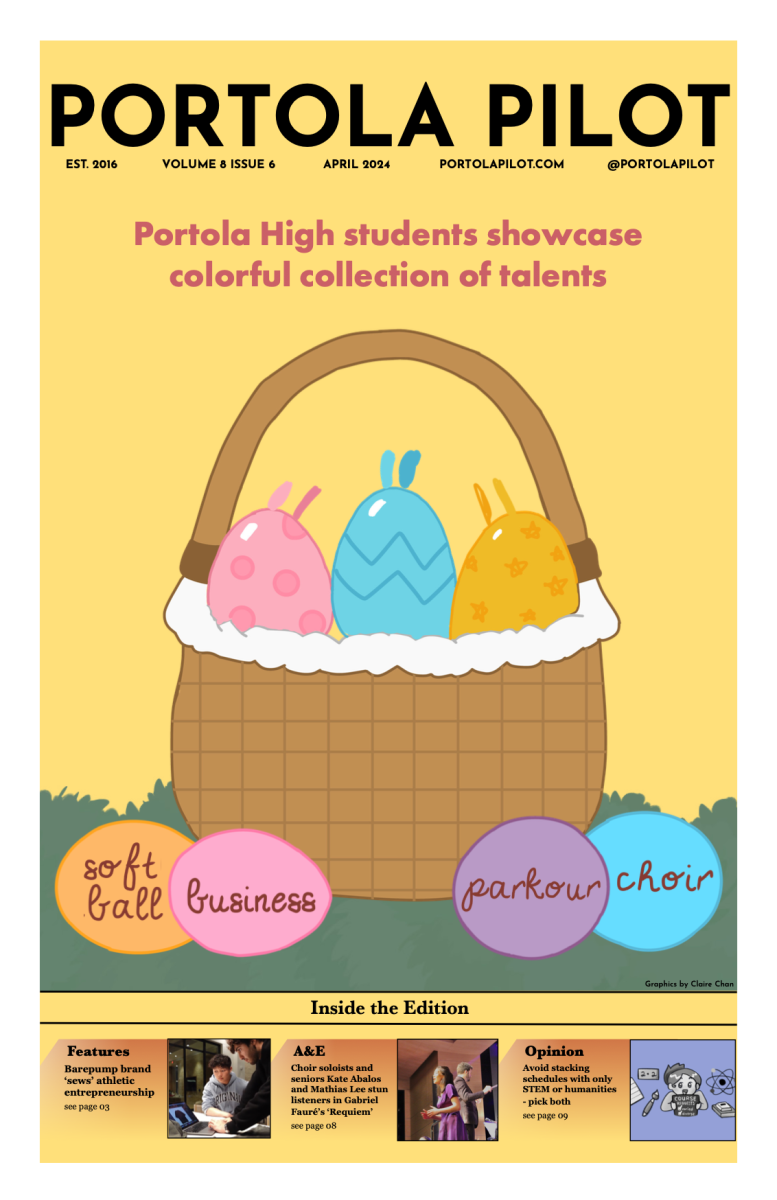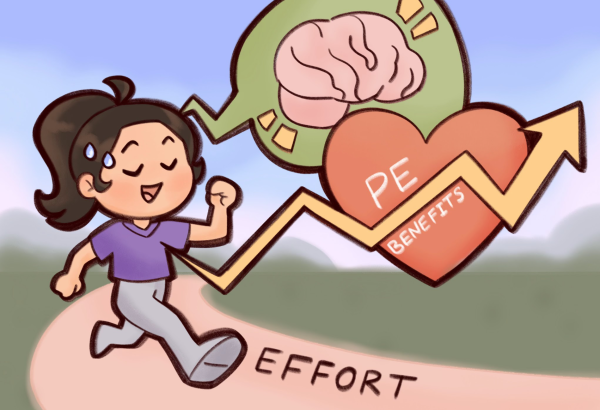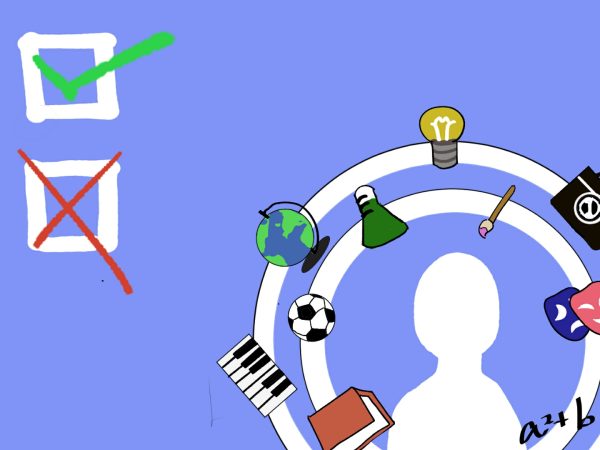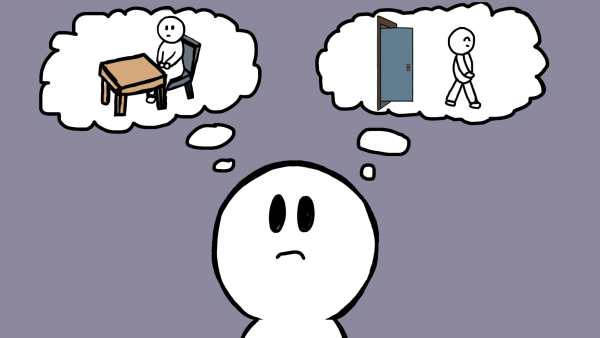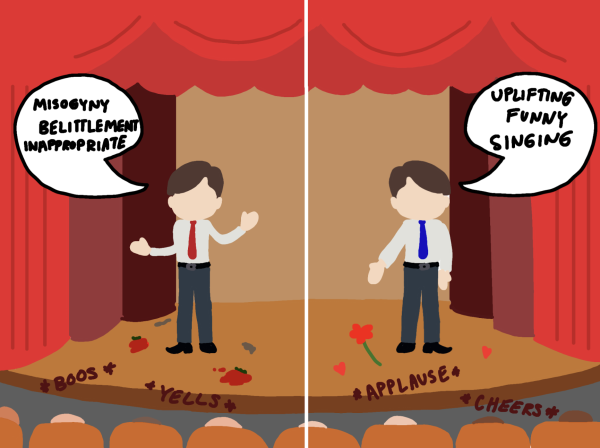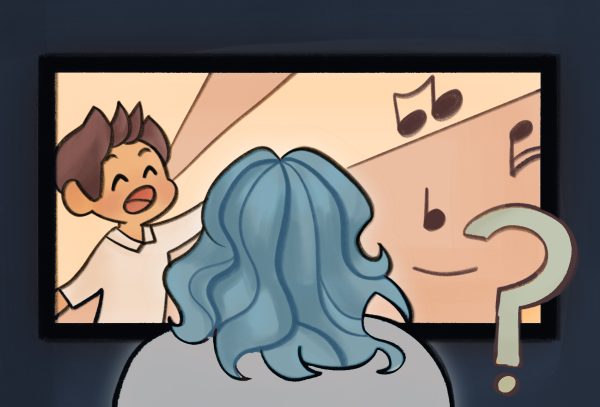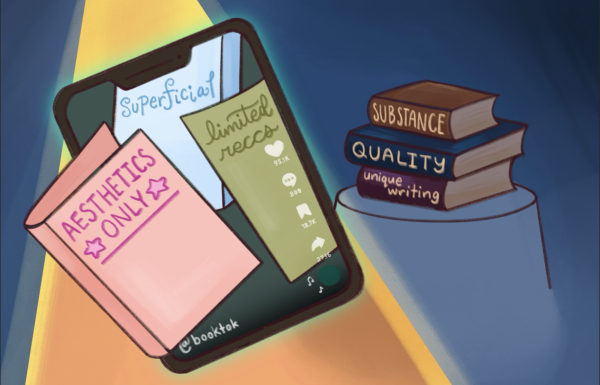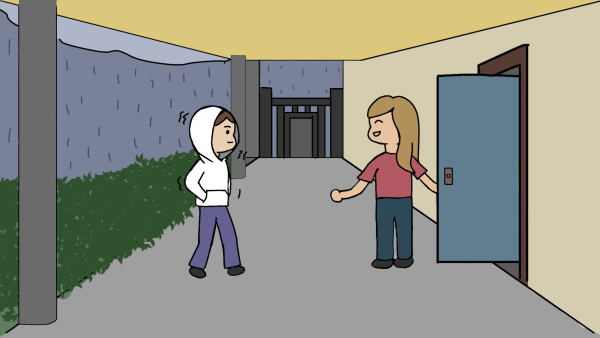Five Minutes Is Not Enough: Why the Distance Learning Schedule Requires More Breaks
According to a 2017 study published by Occupational Medicine, longer working hours are associated with depression, anxiety and sleep issues. This research helps explain why students often feel exhausted and overwhelmed after each virtual school day, in which they have few breaks and the learning is continuous.
September 21, 2020
The Coronavirus pandemic has brought about many significant changes to Portola High, but one of the most noticeable was the transition to distance learning. The distance learning time schedule might appear effective, but in practice most students experience long virtual sessions without enough breaks. To combat this issue, there must be a minimum of ten minutes of break between each digital learning class.
“Between third and fifth period, there is not enough time to take a break after working for an entire period, since you are given five minutes until your next class,” sophomore Arnav Sharma said. “Going from period to period straight without a break is mentally exhausting, especially when last year we had a break between every period.”
Disregarding the transition time between classes, the distance learning schedule is structured so students receive 45 total minutes of break per seven hours of continuous Zoom meetings, according to the Portola High Bell Schedule Page.
Traditional in-person learning offered 60 minutes of break, and although that is only a 15 minute difference, the circumstances are drastically different.
For one, the latter does not allow for students to socialize nor engage in physical activity, and according to the Mayo Clinic and the National Center for Biotechnology Information (NCBI), both are necessary for improving mental health. In addition, the NCBI reported in 2018 that higher screen time is associated with poor psychological well being.
Luckily, according to a 2016 study by Sooyeol Kim, YoungAh Park and Qikun Niu, microbreaks, especially those involving relaxation, reduced the negative effects of a demanding work day. As a result, distance learning has only heightened the need for additional breaks, as they will hopefully counteract the extended screen times and lack of socialization and exercise.
Some advanced classes, like AP Language and Composition, have begun doing two live learning sessions, rather than one live and one independent due to the amount of content; there is more work but the break durations remain the same.
“Personally, I’ve tried to look at the content for that week and then make a decision about whether it needs to be live or independent. And so, I’ve tried not to do two live sessions in back-to-back weeks,” social studies teacher Wind Ralston said. “But I can totally see the other teachers doing two live sessions because they need to. I’ve just tried not to because I know it’s exhausting for the students. And when you’re exhausted, you’re not in the mindset.”
A break is not just a transition period; it is a moment when students can recuperate. By allowing at least ten minutes of break in between classes, IUSD can protect students’ mental health and allow for a more fruitful learning experience.



